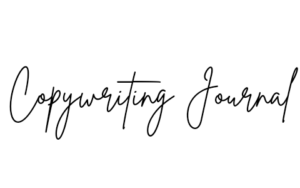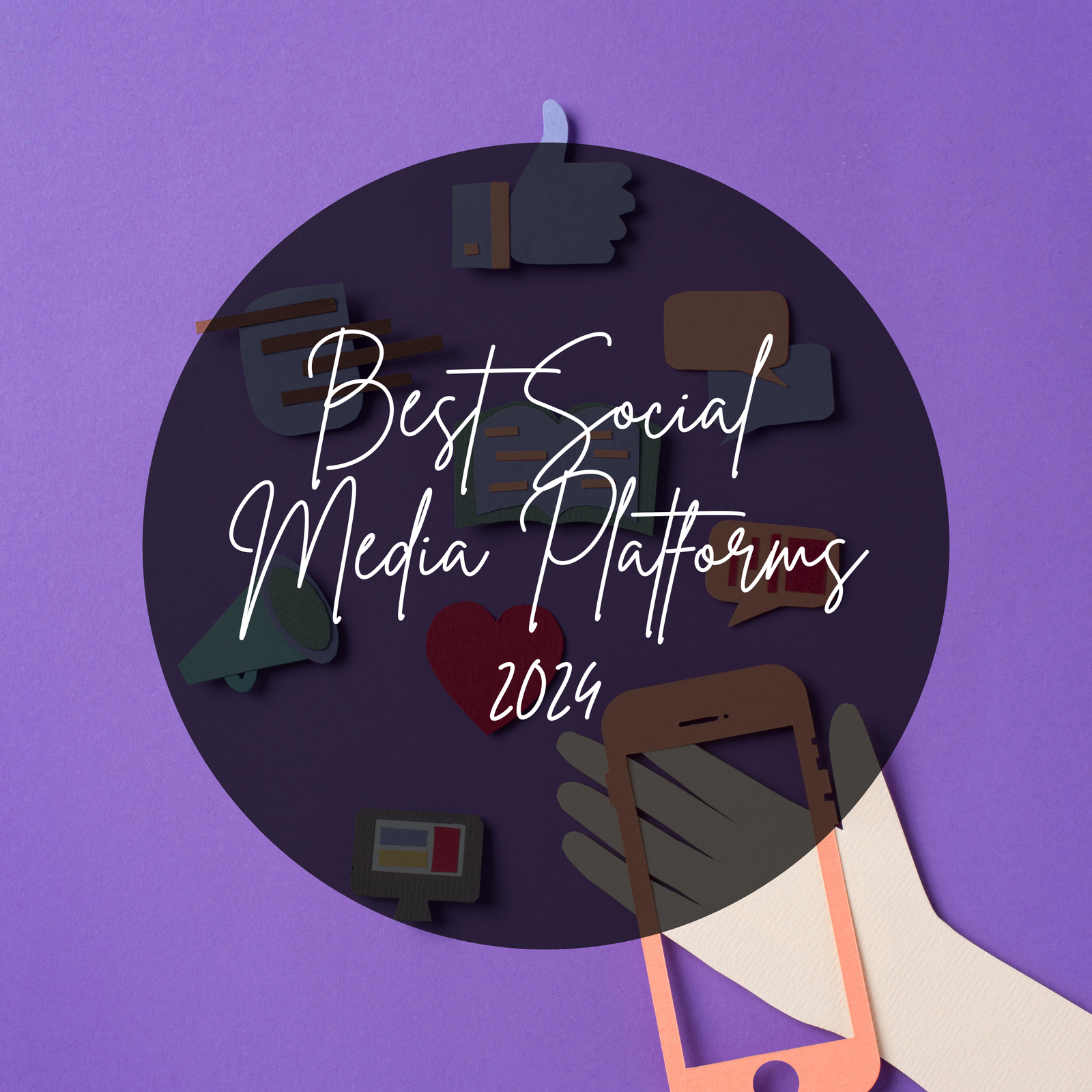Back in 2015, Facebook was the platform. Everyone was on it, and businesses were scrambling to get in front of as many eyeballs as possible. Fast forward a few years, and the digital platform looks completely different. With so many platforms to choose from, it’s tough to know where to focus your efforts.
In this blog post, we’ll break down the most popular social media platforms today, how they differ, and which ones might be right for you depending on your goals. Whether you’re a small business owner, a marketer, or just someone trying to keep up with the latest trends, this guide will help you navigate the social media jungle.
Facebook: The Veteran Giant
Despite the explosion of new platforms, Facebook remains a staple in the world of social media. With over 2.9 billion monthly active users, it continues to be a versatile platform for both personal connections and business marketing.
Why Use Facebook?
Facebook is a go-to for businesses looking to connect with a broad demographic. Its powerful ad platform allows for highly targeted campaigns based on users’ interests, demographics, and behaviors. It’s also fantastic for community building through groups and events, making it ideal for brands that want to foster an online community.
Who’s on Facebook?
While Facebook’s audience has slightly aged over the years, it still draws users of all ages. If your brand targets Gen X, Millennials, or Boomers, Facebook remains a must. Younger users might be migrating to flashier platforms, but Facebook remains an all-in-one hub for marketers.
Instagram: The Visual Powerhouse
Instagram is where you go when visuals matter. Boasting over 2 billion active users, this platform is all about aesthetic appeal. Originally launched as a photo-sharing app, Instagram has evolved into a dynamic platform for personal branding, e-commerce, and influencer marketing.
Why Use Instagram?
Instagram’s visual nature makes it perfect for brands in the fashion, food, travel, and lifestyle industries. Instagram Stories and Reels have also become key tools for engagement, offering users short, snackable content. Additionally, Instagram Shopping has transformed the platform into a sales hub for businesses wanting to reach customers directly.
Who’s on Instagram?
Instagram has a younger, more visual-first audience. If your target audience includes Millennials and Gen Z, you’ll find them scrolling through their feed, stories, or watching Reels. The influencer culture on Instagram is also unmatched, making it a great place for partnerships and product promotion.
TikTok: The Viral Sensation
Let’s be honest: TikTok came in like a storm. Originally a lip-syncing app, TikTok has grown to more than 1 billion active users who enjoy bite-sized, engaging, and often humorous videos. It’s the place where trends are born and can explode overnight.
Why Use TikTok?
Brands that can produce short, creative content—whether it’s tutorials, behind-the-scenes footage, or user-generated content—will thrive on TikTok. Its powerful algorithm can help your content go viral even if you don’t have a massive following, offering huge organic reach compared to older platforms.
Who’s on TikTok?
TikTok skews younger, with Gen Z dominating the user base, though Millennials are catching on quickly. If you’re trying to engage a younger demographic or tap into trend-driven marketing, TikTok is a goldmine.
LinkedIn: The Professional Network
LinkedIn has come a long way from being a simple job-seeking platform. Now, with over 950 million users, it’s a thriving community of professionals, thought leaders, and businesses. It’s the go-to for B2B marketers and anyone wanting to establish authority in their industry.
Why Use LinkedIn?
LinkedIn is ideal for building professional relationships, networking, and generating leads for B2B businesses. The platform’s algorithm rewards content that is insightful, professional, and informative. LinkedIn Ads, while expensive, are highly effective for targeting professionals by industry, job title, and company size.
Who’s on LinkedIn?
Primarily professionals looking to network, find jobs, or share expertise. LinkedIn is especially valuable if you’re in industries like tech, finance, marketing, or education. It’s also where thought leaders share insights, so if content marketing and brand authority are part of your strategy, LinkedIn is a must.
X (formerly Twitter): Real-Time Conversations
X, formerly known as Twitter, remains a major player in real-time conversation and news dissemination. While it recently underwent rebranding, its 540 million users still engage in fast-paced discussions, debates, and live event commentary.
Why Use X?
X is excellent for brands that thrive on real-time engagement. If your business involves customer service, public relations, or keeping up with the latest trends and news, X allows you to interact with your audience instantly. It’s also a hub for thought leadership and public dialogue.
Who’s on X?
The platform appeals to a diverse audience, but it’s especially popular among journalists, politicians, marketers, and media professionals. If your brand needs a space for quick updates, public conversations, or trending topics, this is the place to be.
YouTube: The King of Video
YouTube remains the king when it comes to video content, boasting over 2.5 billion users. Whether it’s tutorials, reviews, vlogs, or long-form documentaries, video content reigns supreme on this platform.
Why Use YouTube?
YouTube offers a variety of monetization options, and its long-form video format is perfect for educational content, tutorials, product demonstrations, and entertainment. SEO-friendly, YouTube is also a key platform for building brand visibility and driving traffic to your site.
Who’s on YouTube?
YouTube’s audience spans all ages and interests. It’s a must if you’re creating video content to inform, entertain, or build authority in your niche. Both Millennials and Gen Z are avid users, but the platform has a universal appeal.
Choosing the Right Platform for You
As you can see, each social media platform brings its own flavor and audience to the table. The key is to figure out where your target audience hangs out and how you can best engage with them. Are you selling visually-driven products? Instagram and TikTok are likely your go-tos. Need to connect with other professionals or boost B2B marketing? LinkedIn is your best bet. Want to reach a broader, more general audience? Facebook or YouTube could be where you should focus.
At the end of the day, social media success isn’t about being on every platform—it’s about being on the right ones for your brand. So take a step back, evaluate your goals, and start building your social media strategy today!

